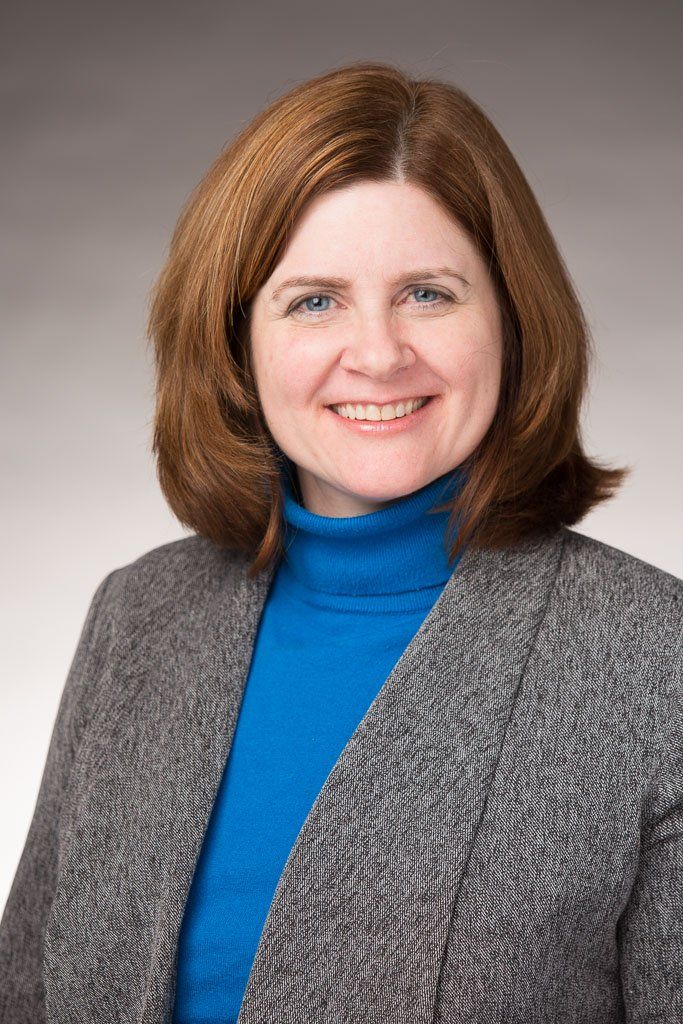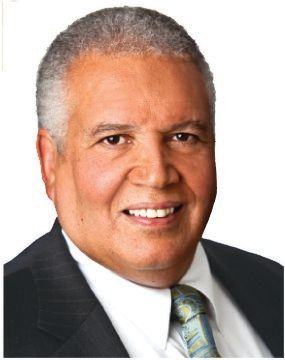How four health plans are fighting the opioid epidemic
From new outreach programs to multidisciplinary teams, here are some new strategies health plans are employing to fight the opioid epidemic
Health insurers are not sitting back and letting the opioid epidemic put a dent in their efforts to increase care quality and cut healthcare costs. Instead, they have designed holistic approaches to treating members who are abusing or overusing these sometimes-dangerous painkillers.
A July 2015 study in Mayo Clinic Proceedingsfound one in four people who were prescribed a narcotic painkiller for the first time progressed to long-term prescriptions, putting them at risk for dependence and dangerous side effects.
There is some good news, however: IMS Health reports that U.S. opioid use has declined for the first time in 20 years, 12% fewer prescriptions nationally since a peak in 2012.
As the nation’s opioid epidemic continues to intensify, consider joining trailblazers from health plans, pharmacies and healthcare companies at CBI’s inaugural Prescription Drug Monitoring Programs. This summit will focus on the crucial elements of managing how drugs are prescribed, dispensed and reimbursed.
One of the primary causes of opioid abuse is patients who are prescribed the drugs for short-term pain relief but receive many more doses than needed, says Mary Jo Carden, vice president, government and pharmacy affairs, Academy of Managed Care Pharmacy.

CardenShe puts her money on prescription drug monitoring programs (PDMPs), state-based electronic databases that track the dispensing of controlled substances in a state. They are designed to monitor this information for suspected abuse or diversion and to give providers critical information regarding their patients' controlled prescription drug history.
This year, the CDC developed the "Guideline for Prescribing Opioids for Chronic Pain," which emphasizes using non-opioid therapies for chronic pain, initiating the lowest effective dose for the shortest time period and screening for abuse.
Here are four plans that are going above and beyond new recommended guidelines and requirements to combat opioid abuse and misuse.
Next: Neighborhood Health Plan
Neighborhood Health Plan
Neighborhood Health Plan (NHP) in Boston developed an algorithm to track the number of opioid prescriptions filled and pharmacies and physicians visited by members. When the results exceed a certain level, the plan reaches out to members and enrolls them in a pain management program. NHP also notifies prescribers if their patients are getting multiple prescriptions filled.
Paul Mendis, MD, chief medical officer, says that in extreme cases, members are locked into a single pharmacy.

MendisHe says that NHP placed limits on quantities of controlled drugs dispensed for years before it was mandated, but that the new legislation has further restricted the amount. The health plan also has covered medication-assisted treatment (MAT), a combination of pharmacological drugs and behavioral therapies, since 1999, for Medicaid members. As of the summer of 2015, private insurers in Massachusetts must cover methadone treatment for people recovering from drug addiction.
NHP joined forces with Beacon Health Options, its behavioral health partner, in providing recovery coaches to members who have been substance abusers and admitted to Boston hospitals for drug overdose. The coaches counsel them in the hospital and following discharge. The program, piloted by Massachusetts General Hospital, aims to reduce recidivism among people with substance use disorders who might be hard to reach and treat through a peer-to-peer relationship.
Mendis says that if the program proves effective, NHP will encourage hospitals outside its network to adopt the program.
Steve Bentsen, MD, regional chief medical officer for Beacon Health Options, says the program increases access to MAT providers in locations where drug abuse might be prevalent, while increasing longevity of stay in substance abuse programs.
NHP also has developed a number of other programs to combat opioid abuse. The Neighborhood Care Circle Program is a community-based program for members with diagnoses of mental illness or substance use disorders (one or more behavioral health diagnoses) that spend more than $17,000 a month on healthcare. Mendis says that 0.5% of NHP’s membership drives 20% of medical spend.
The program relies on a multidisciplinary team to provide care management wherever members with substance use problems might be. The team develops a care plan for each member focusing on medical and behavioral issues and social determinants, such as housing, transportation and food.
Mendis calls the program “feet on the street” and says its goals are reductions in total medical expenses, emergency room and hospital care.
Next: CeltiCare Health
CeltiCare Health
Like NHP, Waltham, Massachusetts-based CeltiCare Health is also tackling the opioid abuse and misuse problem with community-based initiatives.
Opioid abuse is the number one health issue for the insurer whose population is primarily Medicaid managed care-newly insured by expansion, low-income, childless adults often unemployed and homeless with mental health issues.
Jay Gonzalez, president/CEO of CeltiCare says 23% of hospital admissions by its members are related to substance abuse with the next highest percentage for any other reason is only 7%. Substance abuse is also the number one driver of drug costs and of behavioral health problems.
CeltiCare recently contracted with Advocates, a behavioral health provider, to identify, locate and support members who are most at risk of substance abuse. Once CeltiCare identifies members, Advocates’ staff members locate and assess them by going directly to their homes or shelters and collaborating with CeltiCare’s integrated care management team of physicians, nurses, behavioral health professionals and social workers to ensure that members have the care they need.
“Given the magnitude of the opioid epidemic CeltiCare Health sees this as an effective way to extend care management into communities where members need assistance, but who may be reluctant to accept it,” Gonzalez says. “Our goal is to achieve a much greater level of engagement and participation by our members, providing a greater likelihood that we can assist them in moving down a path to a safer, healthier lifestyle.”
Next: Blue Shield of California
Blue Shield of California
Blue Shield of California launched an initiative in 2015 to find alternative ways to help members control pain. It set quite a challenging goal for itself: reducing use by 50% in 2018. Blue Shield currently is working toward reducing the number of high doses from 120 mg morphine equivalent dose (MED)/day to 90 mg; preventing chronic use to less than 90 days; and preventing the progression of first–time users to chronic use.
Salina Wong, director, clinical pharmacy programs for Blue Shield of California, says the insurer has met or topped all three goals-15%, 11% and 25%, respectively. Its overall reduction in use has been 5% since March 2016
The plan’s approach incorporates a combination of more effective opioid prescribing from the onset; providing access to addiction and support services; identifying and managing fraud, waste and abuse; managing formulary coverage policy; using pharmacist and nurse case managers; and working with all of its accountable care organization (ACO) providers and the California Department of Justice to encourage use of the Controlled Substance Utilization Review and Evaluation System (CURES), California’s PDMP.
Registering to access CURES became a state mandate for all prescribers and licensed pharmacists on July 1, 2016.
Implementing state PDMPs is associated with a 30% reduction in the rate of prescribing Schedule II opioids, according to data from the National Ambulatory Medical Care Survey.
In addition, Blue Shield is designing a member-directed program to educate, activate and empower members to self-manage their chronic pain, using healthcare services more effectively and finding ways to improve daily function.
It also plans to develop a training program to help providers taper patient use of opioids by sharing reports on high users visiting many providers and tracking the number of pills, fills and cumulative dose limits.
“It is important that we partner with providers in our ACOs and listen to their challenges,” Wong says. “Our ongoing priority is physician engagement.”
Next: Cigna
CIGNA
Cigna is setting its sights on a 25% reduction in high-risk users over three years. It recently partnered with the American Society of Addiction Medicine (ASAM) to provide the organization two years of de-identified, real-world customer claims to test and validate three performance measures related to substance abuse treatment:
1) Use of pharmacotherapy for individuals with alcohol use disorders.
2) Pharmacotherapy for individuals with opioid use disorders.
3) Follow-up after detoxification services.
Doug Nemecek, MD, chief medical officer, behavioral health at Cigna, says the insurer expects to develop standardized metrics, report baseline measures and set targets for opioid use through sharing data. He also anticipates identifying how many members have been diagnosed with substance use disorders and how many services they have accessed.
To achieve its three-year goal, Cigna is combining prevention, wellness, behavioral health and chronic disease management programs; encouraging rapid adoption of new CDC guidelines on opioid use; urging prescribers to consult CURES; decreasing the length of use of opioids in treating chronic pain; and using MAT.
“Our actions will impact those who don’t need opioids long term and not impact those who could really use them,” Nemecek says. “Our overall goal is to help decrease the number of deaths from opioid overuse.”
Mari Edlin is a frequent contributor to Managed Healthcare Executive. She is based in Sonoma, California.
David Calabrese of OptumRx Talks New Role, Market Insulin Prices and Other Topics 'On His Mind'
April 13th 2023In this month’s episode of the "What's On Your Mind podcast," Peter Wehrwein, managing editor of MHE connects with the now Chief Clinical Officer of OptumRx Integrated Pharmacies, David Calabrese. In this conversation, David touches on his transition in January as OptumRx’s former chief pharmacy officer and market president of health plans and PBMs to his new role as Chief Clinical Officer where he now focuses more on things such as specialty pharmacy to home delivery — with an overall goal of creating whole-patient care. Throughout the conversation, Calabrese also touched on the market’s hot topic of insulin prices and behavioral health services within the OptumRx community, among other topics.
Listen
Upended: Can PBM Transparency Succeed?
March 6th 2024Simmering tensions in the pharmacy benefit management (PBM) industry have turned into fault lines. The PBMs challenging the "big three" have formed a trade association. Purchaser coalitions want change. The head of the industry's trade group says inherent marketplace friction has spilled over into political friction.
Read More
Briana Contreras, editor of Managed Healthcare Executive, spoke with Nancy Lurker, CEO and president of EyePoint Pharmaceuticals. Nancy shared a bit about EyePoint and how the organization’s innovative therapies are addressing patient needs through eye care, and most importantly, she addressed C-Suite positions like the CEO role. Nancy shared advice for those seeking to reach the CEO level, especially toward women in healthcare and other roles, and what it takes to run a biopharma company.
Listen
The deliberate disconnection of Change Healthcare to ring fence a cyberattack entered its seventh day today. Prescribers are finding ways to get pharmacy claims processed, and UnitedHealth Group says disruption to the dispensing of prescriptions has been minimal. But independent pharmacies want more information and protection from financial consequences from pharmacy benefit managers.
Read More